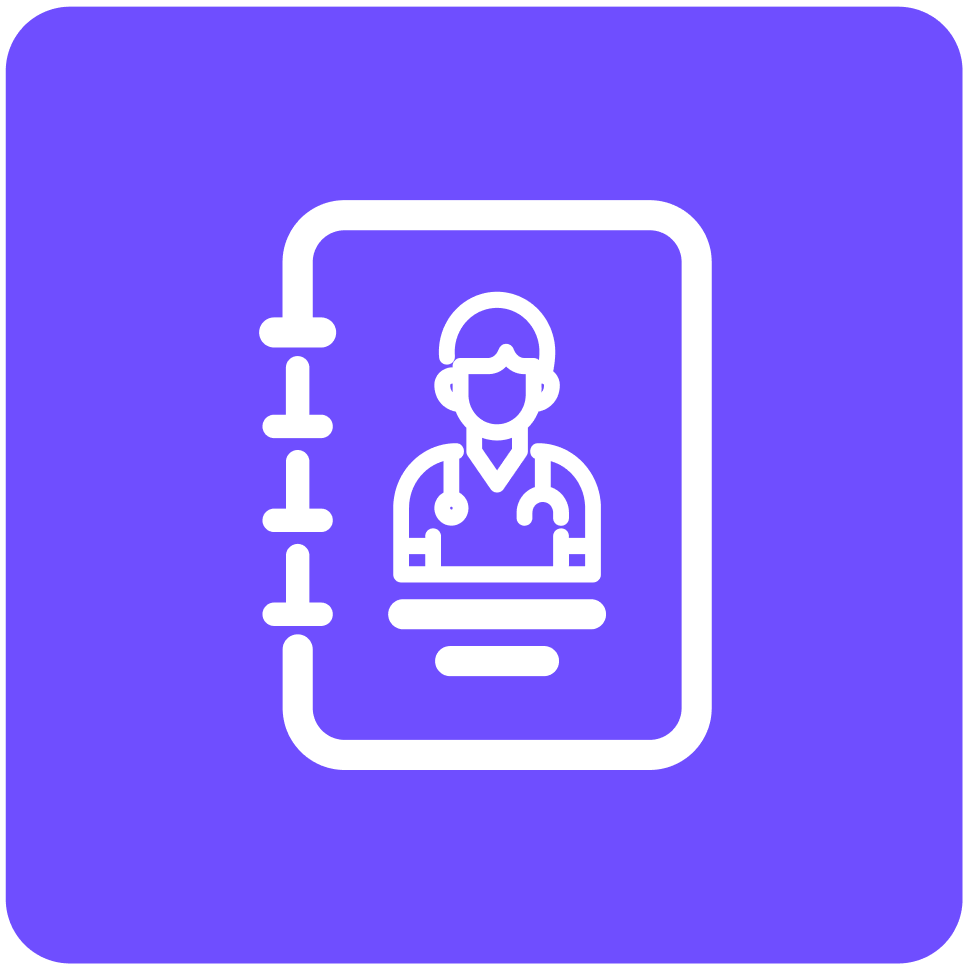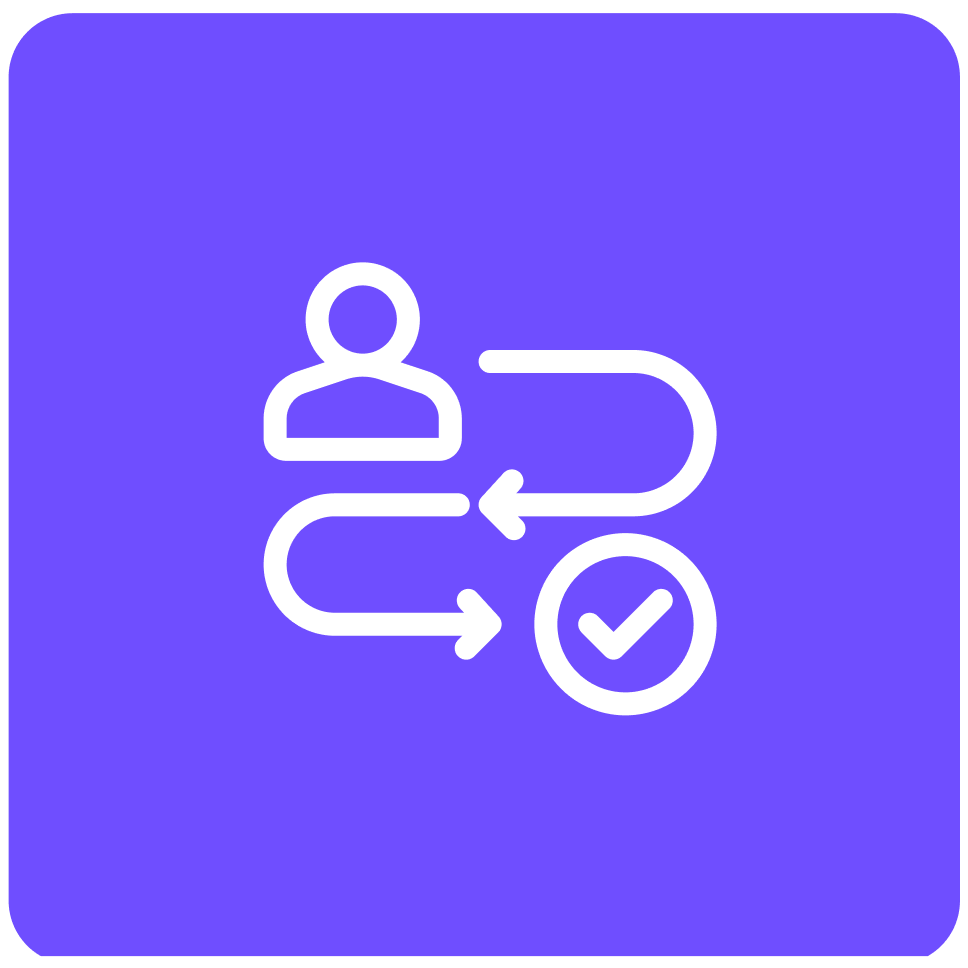Press Releases
Trilliant Health | August 18, 2025Report Reveals Unexplainable Differences in Actual Healthcare Prices
The report analyzes health plan price transparency data to examine absolute differences in commercial rates. It reveals startling variation, with procedures like coronary bypass ranging from $27,683 to $247,902, an absolute difference of $220,219.
BRENTWOOD, Tenn. – August 18, 2025 – Trilliant Health, a leading healthcare analytics firm, today released a new report analyzing inpatient and outpatient commercial rates from the Transparency in Coverage (TiC) data. The report analyzes data for 2,659 hospitals and 3,491 ambulatory surgery centers to reveal stark variations in negotiated rates across geography, payers, care settings and facilities.
The U.S. spends more on healthcare with worse results than any other country. In 2023, U.S. healthcare spending reached $4.9T, and employer-sponsored insurance was the most common type of insurance in the U.S., accounting for 53.7% of the population. Despite funding more than $1.4T in healthcare spending, employers have historically lacked the information to make informed healthcare benefits purchasing decisions.
“Longstanding provisions of Federal antitrust law have made it difficult, if not impossible, for employers to provide high-value coverage to employees,” said Allison Oakes, Ph.D., Chief Research Officer at Trilliant Health. “This information asymmetry has also stifled meaningful competition between providers and insurers. In economic terms, a market with proprietary prices is doomed to fail.”
In 2020, CMS issued the TiC final rule, which requires health plans to disclose negotiated rates. However, the size and complexity of the TiC files have made it difficult for employers and researchers to leverage the data. Previous studies have reported state- or market-level average prices or non-intuitive measures that have limited practical utility for employers or policymakers and are meaningless to consumers.
In contrast, Trilliant Health’s report presents real dollar amounts that reflect the absolute differences in facility-level negotiated rates for specific procedures:
- Commercially insured patients across the country pay widely varying amounts for the same procedure, the costs of which are primarily underwritten by employers. Across six inpatient procedures, negotiated rates varied by an average ratio of 9.1 across the country.
- Different payers negotiate different amounts for the same procedure at the same hospital. The average difference in price between the Aetna and UHC negotiated rate was equivalent to 30.0% of the average median procedure price.
- Within a sample of 10 hospitals that have been featured on various “best hospital” lists, there was no correlation between aggregate measures of cost and quality.
- Across the five outpatient surgeries examined, the national median ASC rate was always lower than the median rate for hospital outpatient departments.
- Variation across hospitals and surgery centers highlights the need for facility-level data to drive informed healthcare purchasing decisions, whether by an employer or individual.
“The report reveals a startling spread in prices that begs for explanation, not rationalization or justification,” continued Oakes. “Employers finally have the information they need to understand the value of the healthcare services they purchase and that their employees receive, while hospitals and payers can be held accountable for value for money.”
The report equips stakeholders to make data-driven decisions:
- Self-funded employers can use the report to meet ERISA fiduciary duties and assess whether the prices they pay are reasonable, enabling them to be better-informed purchasers of health benefits.
- Health systems gain real-time insight into negotiated inpatient and outpatient rates, helping managed care teams benchmark value and compete on cost and quality.
- Policymakers often rely on estimates of what Medicare would have paid to infer relative prices. This report reveals the absolute price differences that impact actual healthcare spending.
“It is axiomatic that bad facts make bad policy, and lazy heuristics like ‘percentage of Medicare’ are useless to the American public,” said Hal Andrews, President and CEO of Trilliant Health. “In a world with Google alerts for $10 changes in airfares, employers and everyday Americans deserve to know about $1,000 differences in the cost of the same surgical procedure."
Read the report: https://www.trillianthealth.com/market-research/reports/2025-price-transparency
About Trilliant Health
Trilliant Health combines healthcare industry expertise, market research and predictive analytics to form Evidence-Based Strategy for Healthcare™. Trilliant Health's proprietary analytics platform produces a comprehensive understanding of local market dynamics providing exponentially better data insights to maximize returns from growth strategies.
- Cost of Care






















.png)

















.png?width=171&height=239&name=2025%20Trends%20Report%20Nav%20(1).png)
